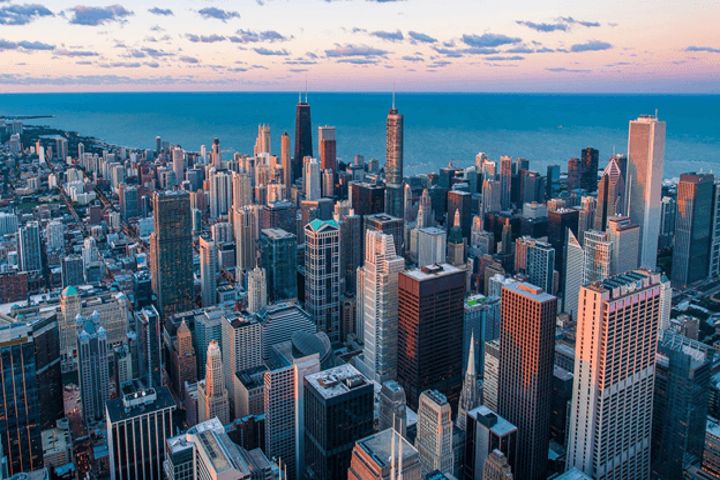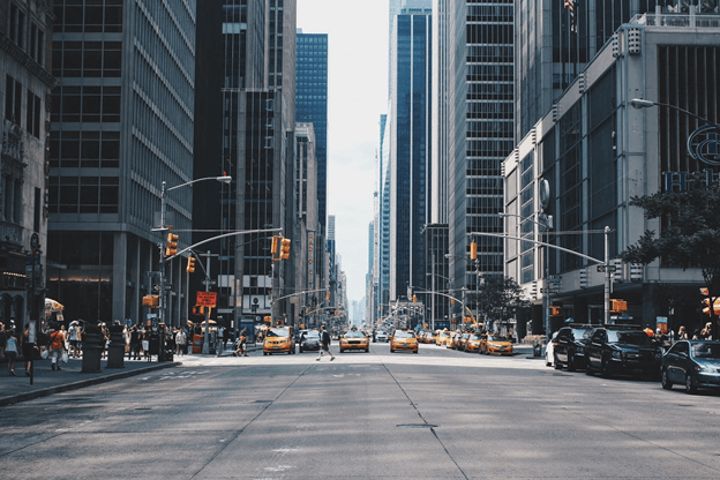During the beginning of the coronavirus outbreak, there was much speculation concerning migration patterns and demographic shifts in major cities like New York. It has triggered a discussion surrounding how this pandemic has changed how and where we want to live.
Changing Living Habits
The lockdowns have encouraged people to look for properties that are more spacious and that have good access to green spaces. The prevalence of remote working has changed the way we see our jobs. A survey conducted by the BBC stated that only 12% of workers wish to return to full-time office work, with 72% wanting some kind of hybrid model when the pandemic is over.
A hybrid remote working model provides greater flexibility about where to live. Many people who currently live in city centers may choose to invest in cheaper and more spacious properties in surrounding small towns and suburbs.
Migration Trends In Big Cities
When it comes to migration, many argue that the coronavirus is not the sole cause for the decreasing population in many large cities. In New York, for example, statistics show that the population has been falling since 2016. The pandemic, however, has exacerbated the issue.
Some state that this suburban migration could prove to be a fatal blow to major cities while others say big cities will remain stable. Travel restrictions have also meant that immigration is at an all-time low. Big cities are not receiving the usual influx of international students or professionals. With economies already suffering due to lockdowns and business closures, further drops in population could provide yet another hurdle for cities to overcome.
How Have These Changes Impacted Property?
Despite these challenges, most major cities’ property markets are remaining resilient. In New York for example, home sales in Port Washington and other suburban areas have soared, fueled by historically low mortgage rates, city dwellers seeking more space, and employers’ willingness to embrace the working from home revolution. Similarly, the rental market is booming in NY, with “bargain” prices attracting renters in Manhattan, Brooklyn, and Queens.
It’s for these reasons that many experts claim that our major cities will bounce back after the coronavirus, as they will be needed to generate wealth and enable our escape from recession. As more people emigrate to smaller cities, major cities may see a drop in rental prices which may encourage creatives and entrepreneurs who value collaboration to move back into these areas.
If the migration to small towns is going to continue, there may be a need to develop new infrastructure and legislation to ensure the safety of both the existing community and the environment. The mass movement to rural areas or small towns is likely to contribute to urban sprawl which could have detrimental effects on the environment. Increases in population will also require investment in new infrastructures like public transport and road systems.
Small Towns Could Flourish In The Future
Despite these challenges, some suggest that population increases from urban migrants could inject new life into smaller towns and cities. When people immigrate from urban areas, they bring with them new perspectives, new cultures, and new businesses.
All of these things could have a positive impact on smaller towns and communities living on the outskirts of bigger cities. In areas where the younger generation may have once emigrated to urban areas, witnessing so many people from the city choosing to live in their hometown may encourage them to stay instead.
The Impact of COVID-19
We will never fully understand the impact of the COVID-19 pandemic on our towns and cities until we have come out the other side of it. The data is always changing because the nature of the virus and the impact it is having on our lives are in constant flux.
At the moment, it seems that many cities are seeing a decline in population. While some have claimed that this is the beginning of an ‘urban exodus’, others have pointed out that this trend started before the pandemic existed. It is true that many people are leaving the cities in search of more space and more access to nature, however, it is impossible to know whether these shifts in population are permanent or not.
Will people move back into urban areas when lockdowns are lifted and the threats are lower? Or does the freedom of remote working mean that this trend in urban-rural migration will only continue to grow?
If you are considering moving to or from the city in New York or Miami, we can help! Click here to get a moving quote now, or give us a call at 212-781-4118 or 305-974-5324.
We hope you found this blog post How COVID-19 Is Transforming Cities and Small Towns useful. Be sure to check out our post What To Consider: Future Of Homes Post-Covid Pandemic for more great information!
Have Experience in the Moving Industry? Want an Additional Income Stream? Work With All Around Moving!
Make money as a moving consultant. Work from anywhere. We provide everything you need. Click here to learn more.







